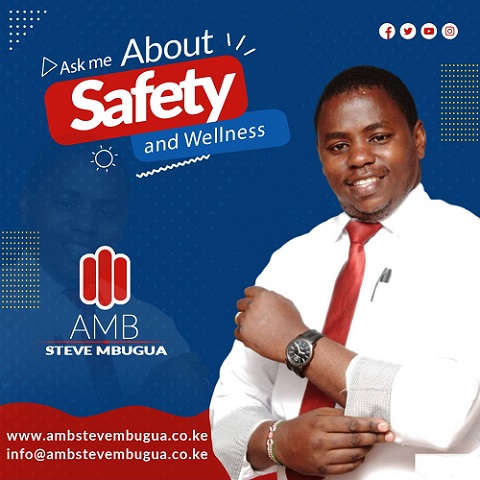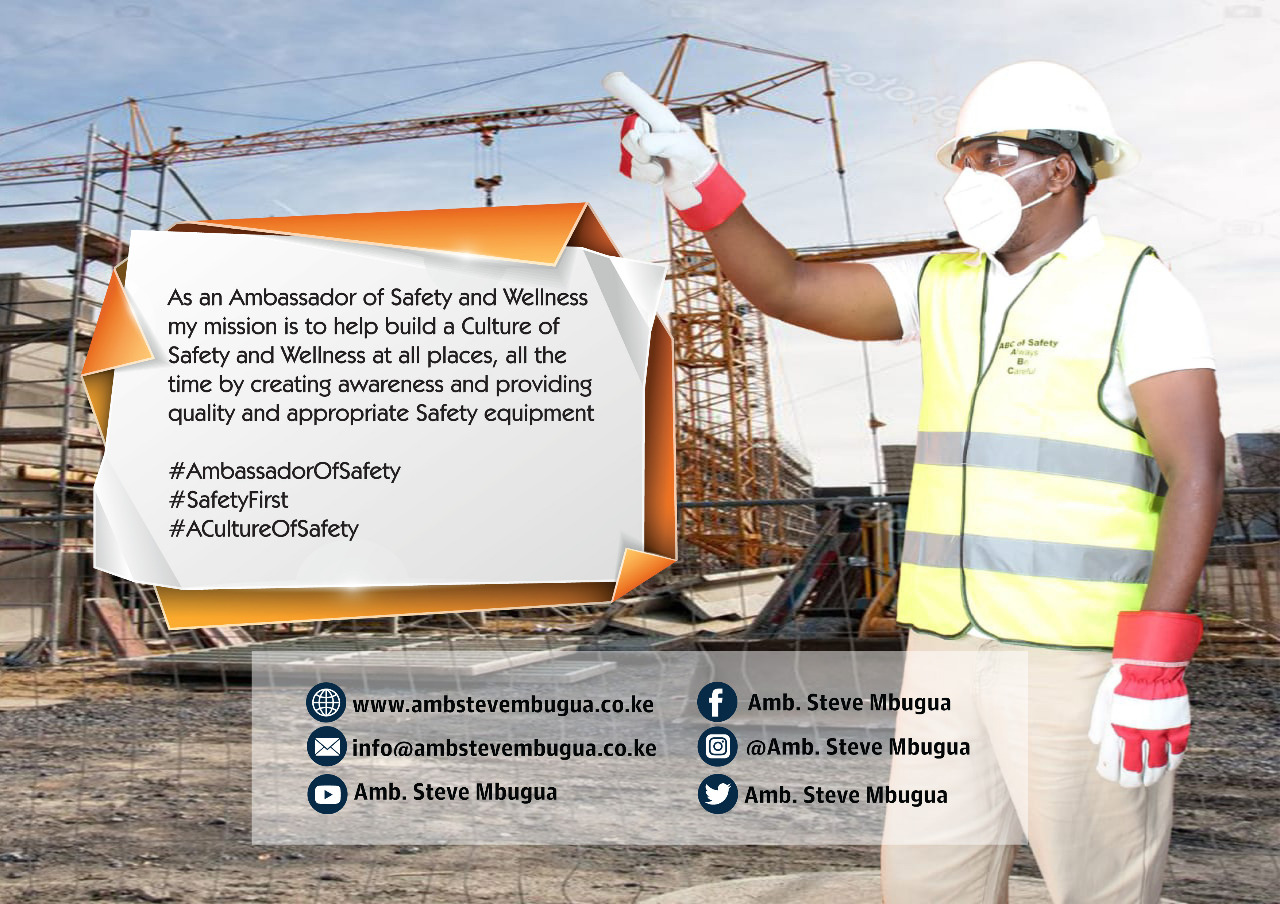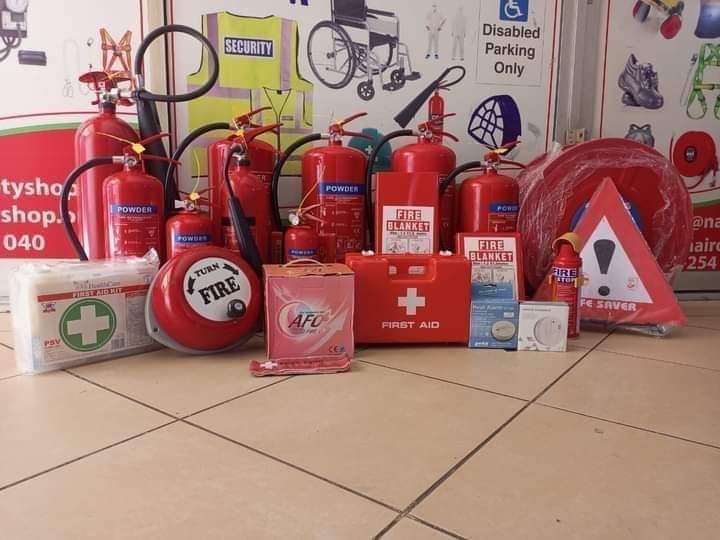Occupational Health and Safety Management Systems (OHSMS) are frameworks that help organizations systematically manage health and safety risks. They provide a structured approach to ensuring the well-being of employees and compliance with legal requirements. Below is a detailed breakdown of the components of an OHSMS, along with explanations and examples.
1. Policy and Commitment
Explanation: An OHSMS begins with a clear policy statement that outlines the organization’s commitment to health and safety. This policy is a declaration of the organization’s intent to prioritize health and safety and comply with relevant legislation.
Key Elements:
• Health and Safety Policy: A formal statement of the organization’s commitment to health and safety.
• Leadership Commitment: Demonstrated commitment from top management to support health and safety initiatives.
• Communication: Clear communication of the policy to all employees and stakeholders.
Example: A manufacturing company’s health and safety policy might state its commitment to providing a safe working environment by complying with OSHA standards, reducing workplace hazards, and promoting employee health and well-being.
2. Planning
Explanation: Planning involves setting objectives and identifying the processes needed to achieve the health and safety goals outlined in the policy. This includes risk assessments, legal compliance, and the development of safety programs.
Key Elements:
• Risk Assessment: Identifying and evaluating risks to determine necessary control measures.
• Legal Requirements: Ensuring compliance with applicable health and safety laws and regulations.
• Objectives and Targets: Setting measurable health and safety goals.
Example: A hospital may plan to reduce needle stick injuries by 50% over the next year. This would involve risk assessments, training programs, and the implementation of safety-engineered devices.
3. Implementation and Operation
Explanation: This phase involves putting the health and safety plans into action. It includes developing procedures, allocating resources, training employees, and establishing communication channels.
Key Elements:
• Roles and Responsibilities: Defining specific health and safety roles and responsibilities within the organization.
• Training and Competence: Providing necessary training to ensure employees are competent in their roles.
• Communication: Ensuring effective communication of health and safety information.
• Operational Controls: Implementing procedures and controls to manage identified risks.
• Emergency Preparedness: Developing and maintaining emergency response plans.
Example: In a construction company, implementation might involve training all workers on fall protection procedures, providing appropriate PPE, and conducting regular safety drills.
4. Checking and Corrective Action
Explanation: Regular monitoring and measuring of health and safety performance are essential for ensuring the effectiveness of the OHSMS. This includes inspections, audits, incident investigations, and corrective actions.
Key Elements:
• Performance Measurement: Using key performance indicators (KPIs) to track health and safety performance.
• Inspections and Audits: Conducting regular safety inspections and audits to identify compliance and areas for improvement.
• Incident Reporting: Establishing procedures for reporting and investigating accidents and near misses.
• Corrective Actions: Implementing actions to correct deficiencies and prevent recurrence.
Example: A logistics company might use KPIs such as the number of lost-time injuries and the results of regular safety audits to measure performance. Any identified issues would be addressed through corrective actions, such as additional training or changes in procedures.
5. Management Review
Explanation: The management review is a periodic evaluation of the OHSMS to ensure its continuing suitability, adequacy, and effectiveness. It involves reviewing performance data, objectives, and feedback from audits and inspections.
Key Elements:
• Review Frequency: Conducting regular reviews (e.g., annually) of the OHSMS.
• Review Inputs: Considering inputs such as audit results, incident reports, and feedback from employees.
• Review Outputs: Identifying opportunities for improvement and updating the OHSMS as necessary.
Example: A retail company’s management review might involve analyzing trends in incident reports, assessing the effectiveness of current safety measures, and setting new safety objectives based on the findings.
6. Continual Improvement
Explanation: Continual improvement is the ongoing effort to enhance health and safety performance. It involves using the results from monitoring, audits, and management reviews to make systematic improvements to the OHSMS.
Key Elements:
• Feedback Loop: Using data from inspections, audits, and reviews to identify improvement opportunities.
• Action Plans: Developing and implementing action plans to address identified areas for improvement.
• Employee Involvement: Encouraging employee participation in safety improvement initiatives.
Example: A technology company might implement a new ergonomic assessment program based on feedback from employees about workplace discomfort, leading to improved workstation designs and reduced musculoskeletal injuries.
Detailed Example of an OHSMS Implementation
Company: XYZ Manufacturing
Policy and Commitment: XYZ Manufacturing has a health and safety policy that commits to providing a safe and healthy workplace by preventing accidents, complying with OSHA regulations, and continuously improving health and safety performance. Top management actively supports this commitment through resource allocation and regular communication.
Planning: XYZ Manufacturing conducts comprehensive risk assessments to identify hazards such as machinery operation risks and chemical exposure. The company sets objectives to reduce workplace injuries by 20% and ensure 100% compliance with safety training requirements. Legal requirements are regularly reviewed to ensure compliance.
Implementation and Operation:
• Roles and Responsibilities: Specific roles are assigned, such as safety officers responsible for monitoring compliance and supervisors accountable for enforcing safety procedures.
• Training and Competence: All employees undergo mandatory safety training, including specific training for high-risk tasks.
• Communication: Safety information is communicated through regular meetings, bulletins, and an intranet portal.
• Operational Controls: Safety procedures are implemented, such as lockout/tagout protocols and the use of PPE. Emergency response plans are established and regularly practiced through drills.
Checking and Corrective Action:
• Performance Measurement: KPIs, such as the number of incidents and safety training completion rates, are tracked monthly.
• Inspections and Audits: Regular safety audits and inspections are conducted to ensure compliance.
• Incident Reporting: A robust system for reporting and investigating incidents is in place. Root cause analyses are performed for all significant incidents.
• Corrective Actions: Action plans are developed to address any identified deficiencies, such as additional training or changes to equipment.
Management Review: Annual management reviews are conducted, considering inputs like audit results, incident reports, and employee feedback. The review assesses the effectiveness of the OHSMS and identifies areas for improvement. Based on the review, new safety objectives are set, and resources are allocated to address identified issues.
Continual Improvement: XYZ Manufacturing fosters a culture of continual improvement by encouraging employee involvement in safety initiatives and using feedback from audits and inspections to make systematic improvements. Recent improvements include the implementation of a new machine guarding program and enhanced chemical safety protocols.
Implementing an Occupational Health and Safety Management System (OHSMS) is essential for any organization committed to ensuring the safety and well-being of its employees. By following the structured approach outlined above—policy and commitment, planning, implementation and operation, checking and corrective action, management review, and continual improvement—organizations can create a proactive and effective safety culture. Ambassador Steve Mbugua’s extensive experience and dedication to safety serve as a testament to the positive impact of robust health and safety management systems on organizational success and employee well-being.
READ MORE
Safety Culture Video
Largest Safety Company
Safety Training
Health and Safety Committee



















